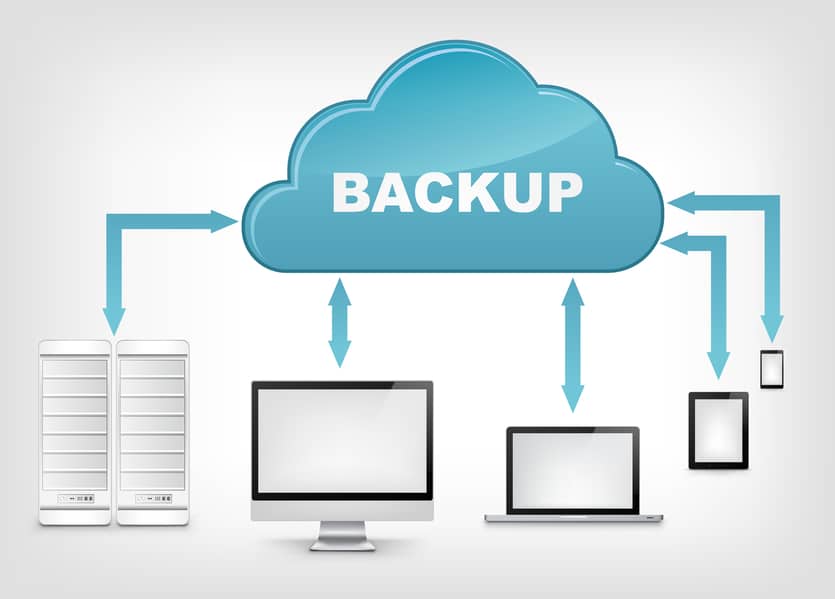Sales: 678.967.3854
Support: 866.252.6363
What We Do
Who We Serve
Success Stories
Latest Thinking
LATEST THINKING
About Us

By the DynaSis Team
With more than half of small and medium sized businesses (SMBs) backing up their data at least weekly, and 15% backing up every day, per a 2014 study, SMBs have made big strides in the use of backup technologies over the past few decades. Despite this fact, many firms are still not taking adequate steps to ensure the data in those backups can meet the operating needs of the business.
Physically backing up is only a small piece of the puzzle. Where and how the data is stored and the level of data availability (whether employees can access and restore it quickly and easily, when needed) are just as important.
There are many additional considerations for a robust backup management solution, and we will delve into the individual aspects of backup―from data security and mobility to retention and deduplication―in later blogs. Today, we’d like to offer a three foundational principles that can help companies better protect their data and achieve more useful backups.
Eliminate Tapes, Forever: Tape backups served millions of companies well for decades, but today there is a much better solution. On-site tape storage is especially risky―and potentially worthless in the event of a physical disaster at your location. Furthermore, tapes deteriorate over time. Cloud-based backups, which almost always offer redundancy, are a far safer means of protecting your data.
Establish Data Access Thresholds: In the backup industry, there are three key metrics for companies to address: Recovery Time Objective (RTO; the minimum time within which you would like to restore your data, applications and critical IT-related processes after an outage), Recovery Point Objective (RPO; the point to which you want your data restored) and Maximum Tolerable Outage (MTO; the longest amount of time your business could be disrupted by loss of access to your data, email and applications before it jeopardized your business continuity and/or client relationships).
Although these metrics are often discussed in relation to extreme situations, they help companies determine their risk tolerance during data outages or losses of any type. DynaSis wrote a white paper that talks about these metrics and other disaster recovery issues. You can read it here.
Protect Your Bottom Line Along with Your Data: A core feature of any backup plan must be adequate protection for the data. However, it’s just as important for these solutions to protect the business and its employees. Numerous studies have determined that excess complexity or unavoidable data loss hurts everyone. One survey of SMB IT pros found that 33 percent said even a small data loss hurts corporate bottom lines, and 32% said it results in missed business opportunities.
Furthermore, data loss impacts office morale (24 percent of respondents), employee work-life balance (25 percent of respondents) and employee loyalty (11 percent had employees quit as a result of a data loss). The surest way to minimize these impacts is to have backups that allow selective retrieval rather than restoration of entire data stores. When employees can cherry-pick a single lost file rather than go through a tortuous process to retrieve a backup, they are happier, more productive and more successful at keeping your business operating at its peak.
Here at DynaSis, we have been providing best-practices data backup services―with optional selective restore capabilities―for many years. Our newest platform, the DynaSis Data Vault, is truly groundbreaking. To learn more or get started, please give us a call.
